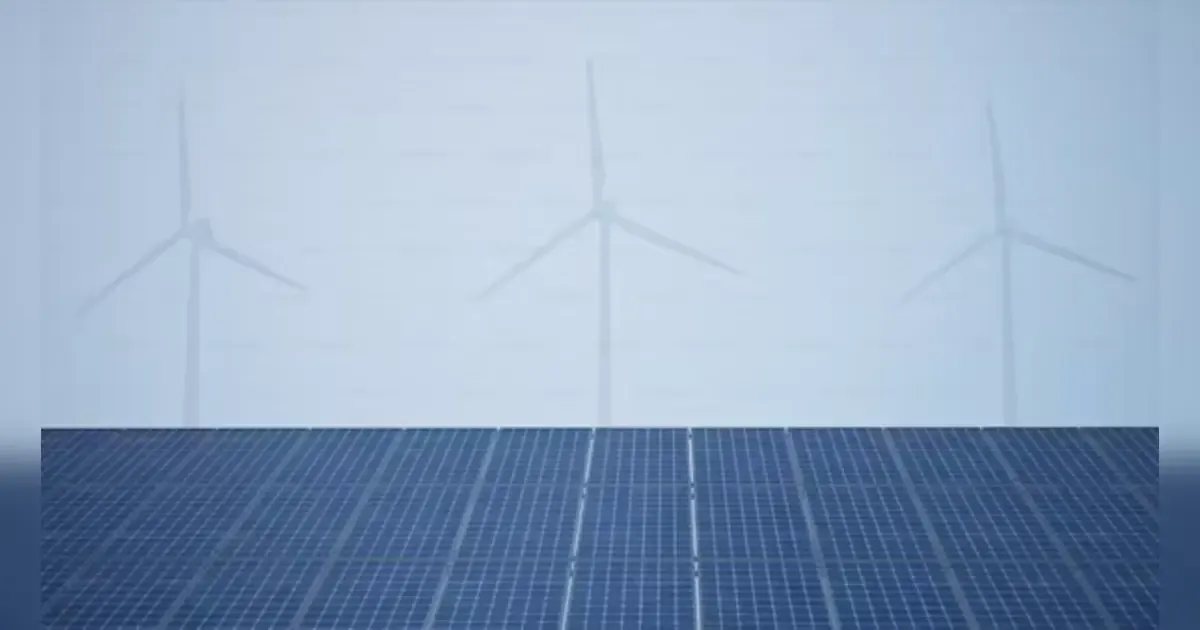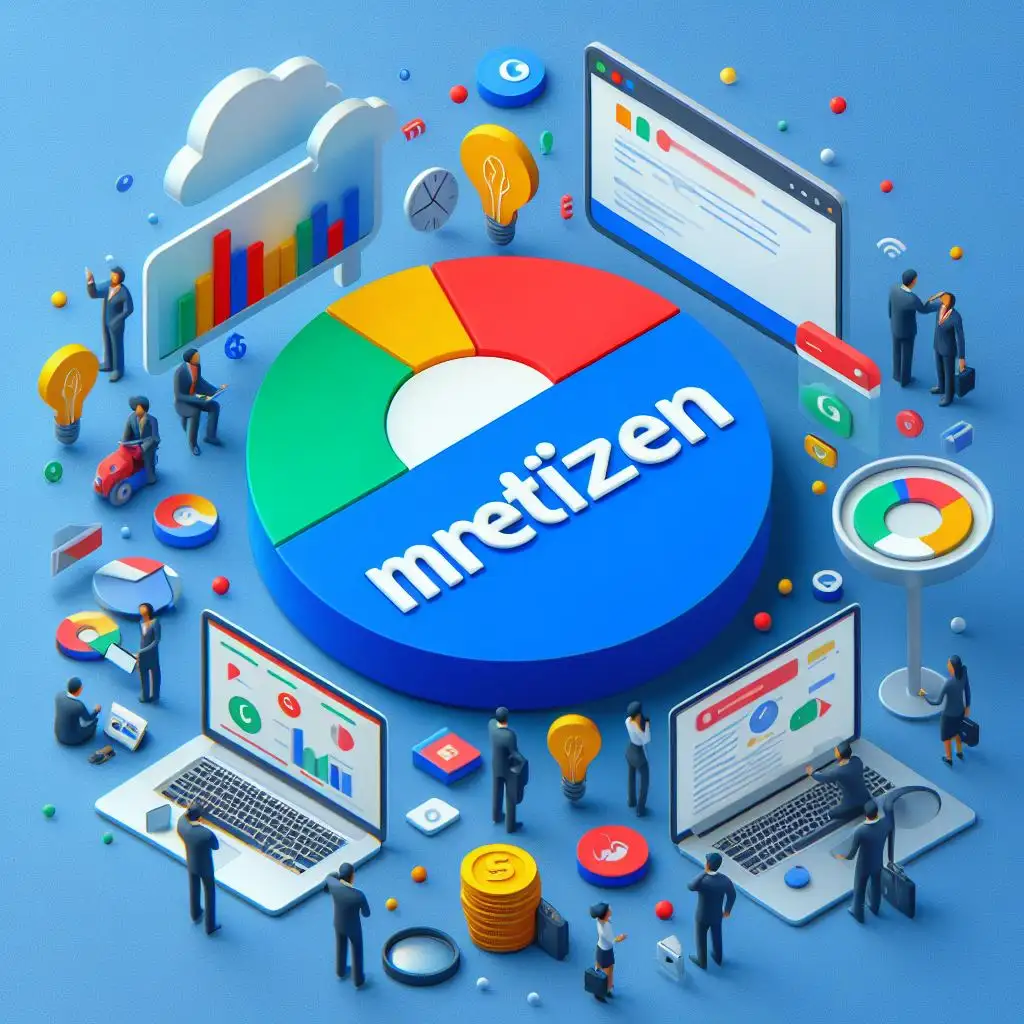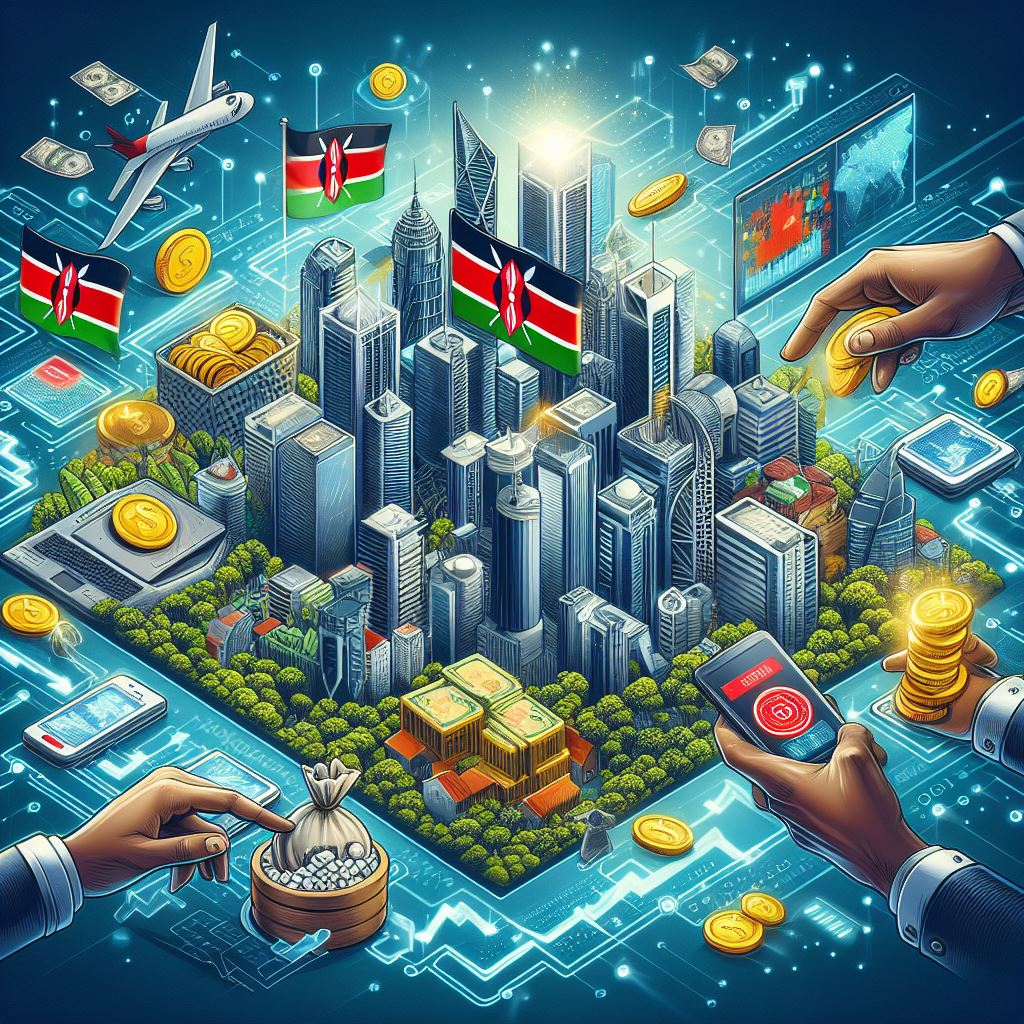Renewable vitality is essential in combating climate alter, driving financial development, and advancing social value. Sun oriented, wind, and other sources offer economical arrangements for a cleaner, more strong future. ..
The Role of Renewable Energy in Shaping Tomorrow’s World
Introduction
Despite the emergent volatility of climate change, energy insecurity and sustainability, renewable energy has been viewed as the light at the end of the tunnel for a more stable and sustainable world. The directions towards the utilization of renewable energy sources are not merely requirements for the environment but for the economic and social spheres as well. With the transition away from fossil fuel-based economies, which formed the mainstay of energy consumption in the world over the years, renewable energy is seen as the panacea to minimizing greenhouse gas emissions, mitigating the effects of climate change and creating a cleaner global future.
This article considers the place of the renewable energy as the prospective creator of the tomorrow’s world, describes the types of renewable energy, the opportunities and the challenges connected with their use, and definite how this type of power can change the world.
1. Understanding Renewable Energy
Renewable energy systems are those that utilize traditional energy sources that are reasonably renewable within the time scale of humankind, i.e., solar energy, wind power, geothermal energy, and bioenergy. As opposed to the conventional source of energy in the form of fossil fuell which are depleted and are major sources of negative impacts on the environment, renewable energy sources provide for the possibility of exogenous energy supply without exhausting natural resources or polluting the environment for extended periods.
There are several types of renewable energy technologies:
•Solar Power: Photovoltaic or PV is used in tapping solar energy where light is transformed into electrical energy. The use of solar energy has greatly evolved as a renewable source of power as efficiency and costs associated with it improves over the last few years.
•Wind Power: Windmills harness the kinetic energy of wind, and in particular transforms it into electrical energy. All over the world, they are coming up with on shore wind farms as well as off-shore wind farms due to high wind speed to produce power with high efficiency and in environmentally friendly manner.
•Hydropower: Hydropower taps on water and primarily uses the flow of rivers and passes it through a dam in order to generate electricity. Sun oriented vitality, whereas one of the foremost predominant shapes of renewable assets for a long time, has been met with different challenges to expanded improvement by natural questions and impacts on ecotypes.
Geothermal Vitality:
Geothermal power makes utilize of warm from underneath the surface of the soil to produce control and give warm. For this reason, this frame of vitality is exceptionally solid and can produce a steady, persistent base stack control unaffected by intermittent interferences owing to climate variables ordinary in sun based or wind vitality.
Biomass Vitality:
Biomass vitality is the vitality gotten from numerous sorts of natural materials, counting wood, agrarian buildups, squander, among others. In this way, in spite of the fact that biomass is characterized as renewable vitality, the maintainability of this kind of asset will depend on the control of utilize of domain. Each renewable energy source has unique benefits, but all share one key feature: they are renewable and have minimal effects on the environment than the effects of the fossil fuels.
2. Addressing Climate Change and Environmental Impact
The most immediate reason which has created the global demand for the use of renewable energy is the concern for climate change. Current use of fossil energy for generation of electricity, transport, and industrial processes releases high levels of greenhouse gases (GHG) especially CO2 that cause global warming.
Renewable energy stands a chance to bring down global CO2 emissions by up to 70% by the year 2050 as stated by the International Renewable Energy Agency IREA. By transition from the use of coal, oil, natural gas, and other fossil energy resources to the renewable energy resources, the globe can minimize greatly the emissions of the six pollutants; carbon dioxide, methane, nitrous oxide among them.
Some of the environmental impacts of renewable energy technology are much lesser than that of fossil fuels, apart from their capability to mitigate greenhouse gases. Solar, wind and geothermal energy, for example, have negligible impacts on air pollution, water pollution or habitat degradation if well harnessed. This trawler strategy is far from the extraction techniques of Coal, Oil and gases which leads to at times deforestation, soil exhaustion and water pollution.
In addition, renewable energy is important due to its ability to decrease the extent of exploitative mining and drilling on ecosystems. US projects, for example, onshore wind power, and utility-scale solar have little land usage footprint and can potentially be developed on rooftops or uneven land.
3. Economic Benefits of Renewable Energy
Now the advantages of renewable energy sources from the economic point of view are clearer. More to the point, renewable technologies are enhancing production capacities, opening up new absorbing industries and jobs as well as income-generating opportunities for economic development. The shift to the green economy is anticipated to generate millions of new employment opportunities within the renewable energy sector including manufacturing and installing the renewable energy infrastructure as well as improving on the current technology through resented carried out research.
•Job Creation: The ILO also says that renewable energy could generate around 85 million jobs in the world by 2030. To summarize, these jobs will be in utility scale solar and wind; energy storage; microgrid; and those related to EVs. The renewable power generation sector can first hand attest to the argument that such investment creates considerable employment especially in the manufacturing and the construction industry.
•Lower Energy Costs: As much as it may require a large investment to put in place renewable systems such as solar panels or wind turbines the costs in the long run are lower. Utilization of solar and wind energy for example has little operating and maintenance costs as compared to fossil fuels. With advances in technology and reduced costs of manufacture, the cost of generating renewable energy sources are expected to decline even further. With these advancements, energy costs to consumers, firms and governments around the world will eventually experience a decline.
•Energy Independence: Renewable energy on the other hand, reduces reliance on imported conventional energy source which is unpredictable in terms of prices and position on the international political map. Thus, the utilization of local renewable energy sources increases energy security and can strengthen the economic outlook related to fossil fuel imports.
•Sustainable Growth: Renewable energy also Its play role in sustainable economic growth since they make ensure the availability of energy in the future. Crude oil, natural gas and coal are exhaustible resources and extraction and utilization of these sources of energy in future poses serious risks to energy security. Renewable source of power on the other hand is stable and never gets depleted, thus vital for long standing economic stability.
4. Energy Access and Social Equity
Renewable power can connect or extend electricity to the rural and un-served / under-served areas where conventional energy infrastructure is weak or lacking. This is especially relevant in the developing world where many millions of people do not have access to modern energy.
Solar power in particular provides a solution to a big problem, that of rural electrification where grid access is not feasible. The low-tech solar photovoltaic systems solar lanterns, home systems, and off-grid solar systems can be used to electrify homes, schools, clinics, shops, and other small businesses. Today, the solar energy is employed in some areas in the irrigation, the clean water projects as well as the telecommunications.
The decentralize of energy production through renewable sources also favors social equity as well. Renewable energy lets those communities themselves decide how they would prefer to manage and produce energy for their use to the diminishment of huge utilities corporations. This can engross the souls, make people get necessary jobs and upgrade their standards of living most especially in the developing nations.
5. Overcoming Challenges to Renewable Vitality Appropriation
In any case, there are still a few troubles that need to be unraveled for calmly supplanting non-renewable vitality sources with the renewable ones.
•Intermittency and Vitality Capacity:
It is for this reason that a few of the major shapes of renewable vitality, such as wind and sun-oriented control have the disadvantage of being discontinuous in nature. These sources are inconsistent — while Solar’s power depends on the day light, wind power depends on the wind speeds. To address this problem, it is important therefore to consider improvements in energy storage technologies which include batteries. Smarter storage can be a way to help store excessive energy produced during the day in periods of maximum production or when demand is high, or when renewable generation is minimal.
•Infrastructure Investment: Ending reliance on conventional energy not only demands huge capital outlay for installation of renewable requirements such as smart grids and energy storage; it also involves the augmentation of transmission capabilities. This change will mean that governments, businesses and utilities are going to need to invest in the new technologies and infrastructure required to support a more sustainable, decentralized energy system.
•Policy and Regulatory Support: A strong intervention by the state is required to achieve the transition by enacting policies; providing subsidies and other incentives. It has been seen that several global regions have already deployed targets, subsidies, and tax credits for using renewable energy and encouraging renewable energy projects. Nonetheless, any further policy initiatives are still required to improve the institutional environment for renewable energy by expanding a policy framework that remains ambiguous and inconsistent in some aspects of market access and grid connection.
6. The Future of Renewable Energy
The future of renewable energy seems bright, with tremendous technological progress and greater concern with political leadership over global warming. According to the IEA’s new world energy outlook, renewable energy could provide for as much as 85% of global electricity generation by 2050 — changes like these would finally start to reduce the carbon intensity of the global energy economy.
Offshore wind, solar PV, energy storage, and green hydrogen will thus be critical technologies in responding to future energy demand and in delivering a lower emission economy. To achieve higher efficiency and significantly reduce costs these technologies are actively developing by governments and businesses.
Furthermore, the share of renewable energy in the sum of global supply chains is also rising strongly. For instance, many sectors are turning to renewable electricity as a way of powering industrial processes such as manufacturing electric vehicles, production of green steel.
Conclusion
Renewable energy is not simply an interim phenomenon applied to the Earth’s energy problems, it is the way by which we can build up a post carbon economy that supports prosperity and resilience. Renewable energy has immense potential to transform societies and economies of the world through diversification from fossil fuel sources, combating climate change, improving economy, and enhancing energy access. There are only two sources that can provide energy now: renewable energy, and the transition to green power is one of the most dramatic and essential shifts of the decades to come. With the progression in technologies, and with the support of policies, the renewable energy has indeed shown much promise in creating a new and better world energy future, that is cleaner, fairer and more sustainable.


























